On a May evening in 2016, Scott Evenson ventured out of his Minnesota apartment to a local restaurant for dinner. His wife was out of town, so he requested a table for one, then a burger, fries and a beer — just one beer.
“The next thing I know, I was in the ER,” Evenson, now 57, recalls.
After finishing his meal and returning to his apartment complex, Evenson passed out in the lobby. He woke up in a hospital in downtown St. Paul the next morning, confused, especially when a doctor told him he’d had alcohol poisoning, with a blood alcohol level of 0.314 percent — almost quadruple the legal driving limit.
Evenson, an aspiring pastor at the time, was mortified. He swore he’d had only one beer, but the doctor wasn’t convinced. It was the first time a doctor accused Evenson of abusing alcohol. It wouldn’t be the last.
In July, more than eight years after that first bewildering blood alcohol reading, Evenson finally received a rare diagnosis proving that he is, in fact, not a closet alcoholic. The news was “life-changing” for both Evenson and his wife, Karen, he says. “Confirmation that we’re not crazy.”
But getting to that milestone was a long and lonely journey. Along the way, Evenson suffered in silence, scared to seek help and risk being accused of alcohol abuse again. When he did finally ask for aid, he was met with skepticism and turned away by medical professionals unwilling to consider that a strange and rare syndrome was the cause of his intoxication.
Even now — with a diagnosis — getting treatment has been tough. As with most rare syndromes, the pool of medical professionals prepared to handle Evenson’s condition is small, leaving him hunting for answers. Nearly a year after his diagnosis, every day is still a struggle.
“I’ve had a lot of physical disabilities throughout my life,” Evenson says, “and I’ve managed them well with my faith that we’re not just our bodies, that we’re more than just our physical well-being.
“But this one,” he says, fighting tears, “this one is killing me.”
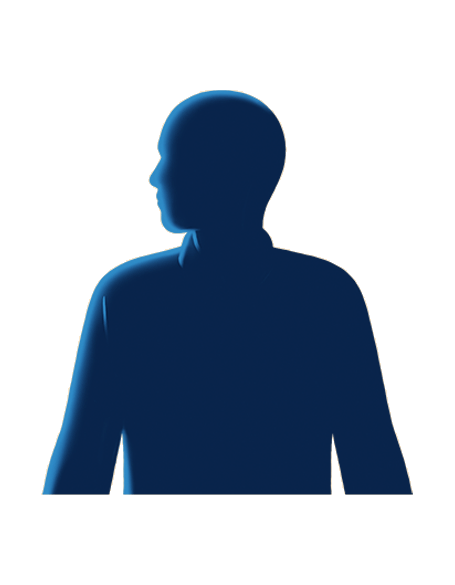
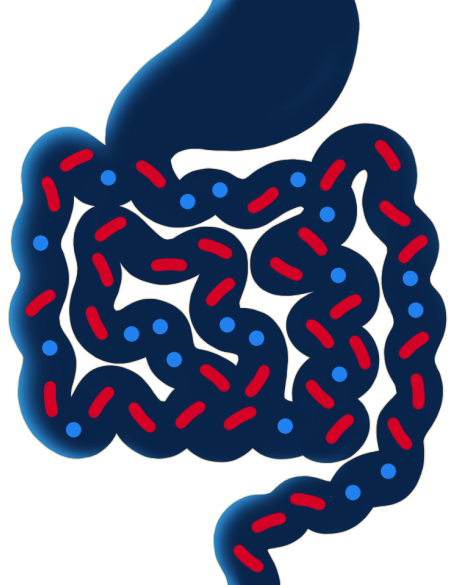

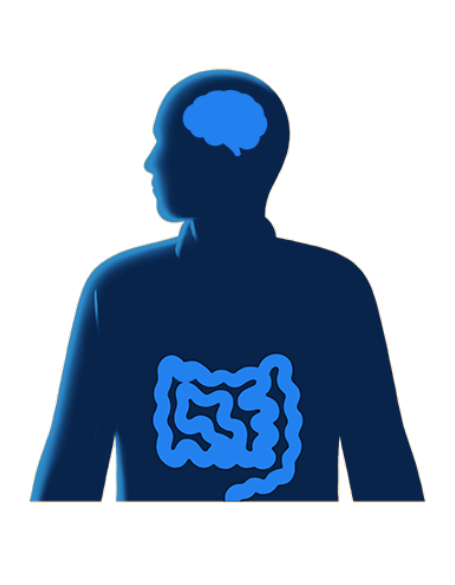


































































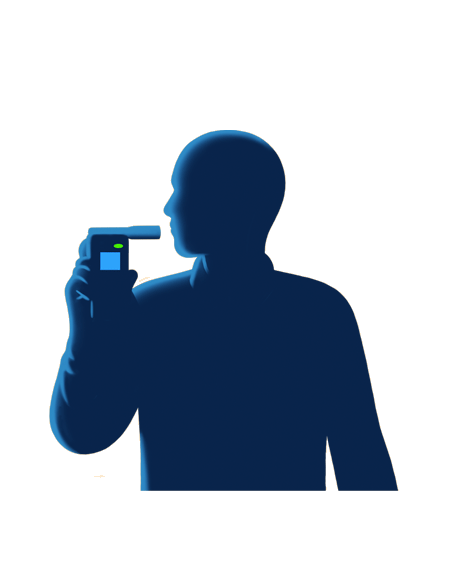
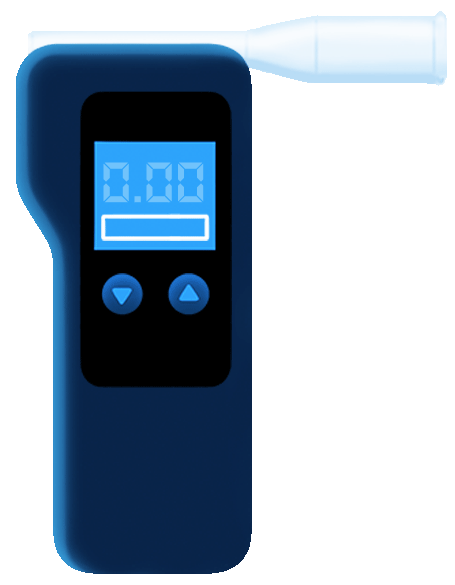
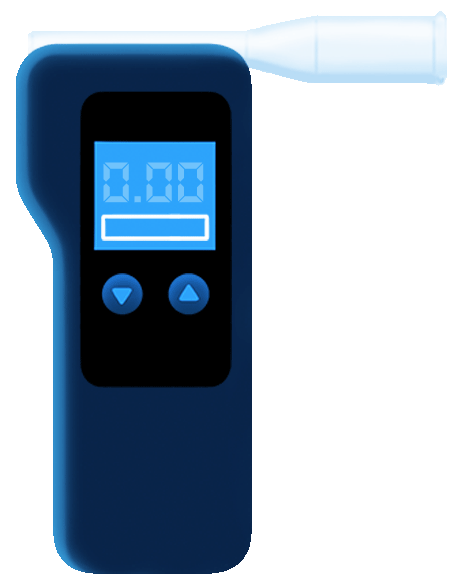
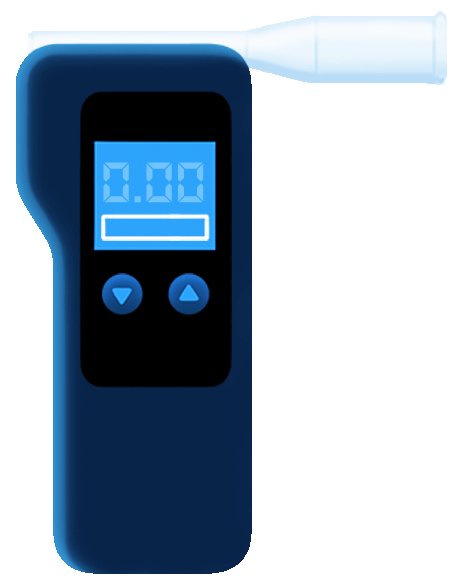




More From AARP